How AI Agents Actually Go To Market
4 lessons for 2026: from pricing to ecosystem marketing
Dear GTM Strategist,
We heard it all - haven’t we?
“AI killed PMF.”
“AEO - the end of SEO?”
“AI replacing humans in GTM.”
“AI polluted inbound and outbound dead.”
😴 I am getting bored …
While everything is burning and nothing seems to work - I find myself busier than ever and a little more interested in things that work than those that don’t 🤷. How about you?
Over the last 18 months, I’ve been working almost exclusively with AI products and supporting 37 AI agents in their go-to-market endeavors.
In this post, I’d like to acknowledge and demonstrate 4 key differences between the launches of AI agents and our traditional SaaS GTM playbook, which we have been using for the last decade or so.
I’ll walk you through 4 key lessons from my $200M ARR AI launches that worked well for the teams I work with:
Sales-led for the win in early stages
Pricing: think beyond credits
Ecosystem marketing creates leverage
AI-first GTM is how these teams win
For each, I will provide you with a case study/example, practical frameworks, and action points that you can apply with your team to AI agent launches (or even other products/services) if you see fit.
This newsletter is sponsored by ZoomInfo.
85% of enterprise sales reps manage their book in spreadsheets. Only 5% use CRM.
This isn’t laziness - it’s survival. When deal data is in Salesforce, calls are in Gong, and content is scattered everywhere, spreadsheets become the only unification layer.
ZoomInfo built ZoomInfo Copilot Workspace to fix this: one workspace with complete buyer context, CRM data, and intelligence on 100M+ companies. No more tab-hopping.
Execution wins deals. Everything else is just preparation.
1. Sales-led for the win in early stages
I mainly work with technical founders and very product-savvy teams that have a natural tendency to go “product-led”. Ideally, they’ll launch the product, post on a couple of social media channels, and then people will love it so much that they’ll invite others.
For most, that is wishful thinking.
The cruel reality is that we have to grind through warm intros, upselling existing client base, doing “old-school” sales, or even offering “done with you” product+service combos to get past first PoCs (proof of concepts).
There are 3 reasons why “big adoption” - even if the team manages to get it - could lead to BIG problems when it comes to AI agents:
State of tech: in the beginning, our agent might not be “there yet.” Workflows and automation break, it sometimes glitches or starts to “act off.” That is not ideal for self-serve users
User trust: “earn the right to automate, keep humans in the loop” has been the mantra of AI agents adoption in 2025. We usually start with a smaller pilot and if things go well, we expand. Most of us do not just let 200 agents into our CRM to “dance around” and send random emails.
Real adoption - real costs. Even if we manage to create a buzz, what you’ll see is that most agents do not have “30-day free trial” 😏 - you have to qualify for a demo. Why is that? Because AI credits (tokens) cost money, and if we have non-qualified leads “playing around with the product,” their activity has a much higher cost than the “costs of hosting” from the regular SaaS.
Now that we understand the problems of “PLG for AI agents”, let me share one of the tactics that has been working well for nearly all the companies I’ve been working with (even for $1B+ ARR companies): outreach with a case study.
It is so simple that I’m bluntly stunned that more people don’t use it:
Select a beachhead segment (short tutorial here)
Solve a problem really well for a customer.
Find more customers like that and proactively reach out.
Amplify this with marketing, PR, and event activities.
Momentum, the GTM orchestration platform, has been very successful with this approach.
Their client portfolio includes ElevenLabs and 1Password and they raised $13M in a Series A round in July 2024.
Seriously, check out their website - it is a masterclass of using social proof to build trust and interest.
2. Pricing: Think beyond credits
As a user, I dislike the lack of transparency in the unpredictability of burning credits. If I purchase 10,000 credits from you, please inform me precisely what I will receive: how contacts will be enriched, emails generated, and what benefits I will gain. Oh, you said that these tasks burn different numbers of credits - come on, I just need to understand how much it will cost me and how to budget for it.
We all love outcome-based pricing (so that we charge when the client actually gets value), but with most AI agents, we are soooo far from it 😕
If the following questions sound familiar, it is unlikely that the customer will agree with usage-based or outcome-based pricing; we’ll have to determine a fixed number and start there.
“How much should I budget for that in 2026?”
“Can we lock in this price per licence for two years?”
“How can you guarantee that the cost is not going up later?”
“How much work can this agent really take away from us?”
“We need a sign purchasing order and run it through compliance.”
“We require 10% discounts from all our vendors.”
Many teams that I work with would even consider offering a fixed price for “done with you pilot” - just to get a foot in the door and an opportunity to demonstrate value to the client.
My core belief is that pricing should be simple enough for a user to understand how much they will end up paying for something and it is our job to figure that out - not theirs.
This is why I loved old Swan’s pricing page - as someone working in GTM I understand how much it will cost me and what do I get - and I know exactly what package is the right for me.
I had a similar reaction to this pricing page by ElevenLabs that has 7 packages, but I still somehow understand what package I should choose and what is covered.
So please don’t make me do the mental math.
Help me figure out how much I should budget for it in 2026.
3. Ecosystem marketing to create leverage
I was super inspired by the growth journey of HeyReach (ecosystem partner themself). One of their earlier segments was agencies, and you do see a significant spike in adoption/validation after they made this call. How so?
For most companies, outreach is hard, and they would rather do it with a trusted partner (agency) than DIY with one of 10,000 tools out there. Agency partners play a significant role in the customer journey for the adoption of these tools by many companies.
And if things go well, one agency can potentially bring in 10+ customers :) And that is not a pyramid scheme, it is a perfectly legit GTM motion called partnerships and much more - as we will develop and explain in the continuation.
Inspired by this beachhead strategy (target agencies for faster adoption), our client, echowin launched a white-label AI voice-building platform for agencies. Think about voice agents for a sec - AI receptionist, AI support agents … usually they are used by service businesses (car repair shops, restaurants, legal offices, energy companies, etc.).
For most of these companies, marketing and tech are not their core business activities, so many would outsource the work to specialized vendors - agencies that are their trusted partners for adopting new technologies.
They launched the whitelabel program silently, creating a website section and posting about it on social media. Within weeks, over 238 agencies applied, many of them supremely qualified, but the team decided to let them in in batches of 10-15. Why? To make sure that they are successful in onboarding their clients. The stakes are high - each partner can potentially bring in 30-170 locations - but first, we have to support them in building a great pilot. You remember... Lesson #1.
There is more to it. Miqdad Jaffer, Product Leader at OpenAI, introduced this wonderful model of 9 advanced distribution tactics that create massive leverage for AI products (he shared this in The Product Compass Substack - must read!).
Which of those would play well for your product?
4. AI-first GTM: 7 PLG loops for AI products
And then, once you successfully grind through the first case studies and create a value delivery process, it makes your company “the factory of case studies” and figure out where leverage could be created on your customer journey - by all means - go BIG!
For AI products, we do not have 6-18 months to achieve go-to-market fit.
We have weeks, sometimes months, to find a proxy for product-market fit.
The AI technology landscape is changing rapidly, investor money is shifting the cards really fast and customer needs and preferences are maturing. The barriers to entry for the industry are low, as soon as new players smell some money.
At this stage, it is crucial to accelerate adoption and consider moats and defensibility.
Miqdad Jaffer proposed seven PLG (Product-Led Growth) Loops for AI products that beautifully translate to agile companies.
Whenever we are discussing PGL and growth loops, think beyond “Free trial/free version”, “let’s go viral” and “share/invite a friend to get X” incentives- that was great in the 2010s. With AI, every query and output can become a distribution.
PLG in AI is no longer just about virality—it’s about compounding adoption. A single user generating value should create visibility, data, or incentives that attract a new user without requiring additional marketing/sales spend.
Each one of these loops follows the same pattern: usage → creates value → attracts new usage → strengthens the moat.
Which one do you think would work for you?
Cool - hope you got tons of value out of this one.
While I was writing this, my friend Aakash Gupta just sent out this chart in his newsletter on how Claude Code hit $500 million ARR in four months.
With two product managers and zero marketing dollars.
The pace of change is unseen. We have to adapt.
I’ll be doubling down on my sales skills, think about AI growth loops, and ask all my teams if we can run some usability tests on their pricing pages with our ICPs 😀 and I’ll definately figure out some other interesting leveraged distribution opportunities for my teams.
How about you?
To wrap this up, I also recorded a new demo of my popular GTM Power Hour ⚡️ framework, with an AI agents example:
Let’s exchange more best practices in comments, and if you are interested in templates, workshops, prompts, and examples of how to apply these concepts, you can get everything in my 100-item GTM checklist 👇
📘 New to GTM? Learn fundamentals. Get my best-selling GTM Strategist book that helped 9,500+ companies to go to market with confidence - frameworks and online course included.
✅ Need ready-to-use GTM assets and AI prompts? Get the 100-Step GTM Checklist with proven website templates, sales decks, landing pages, outbound sequences, LinkedIn post frameworks, email sequences, and 20+ workshops you can immediately run with your team.
🏅 Are you in charge of GTM and responsible for leading others? Grab the GTM Masterclass (6 hours of training, end-to-end GTM explained on examples, guided workshops) to get your team up and running in no time.
🤝 Want to work together? ⏩ Check out the options and let me know how we can join forces.




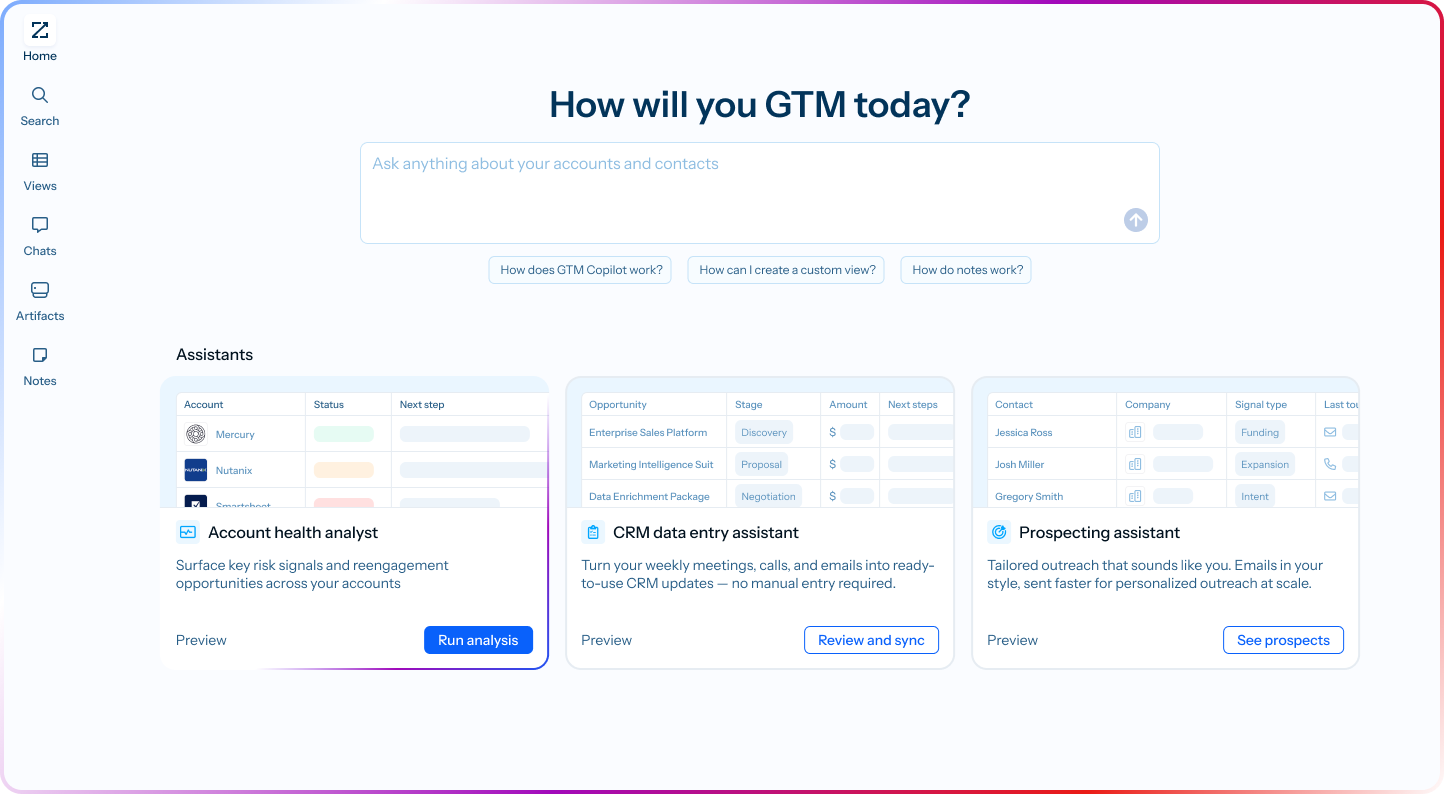
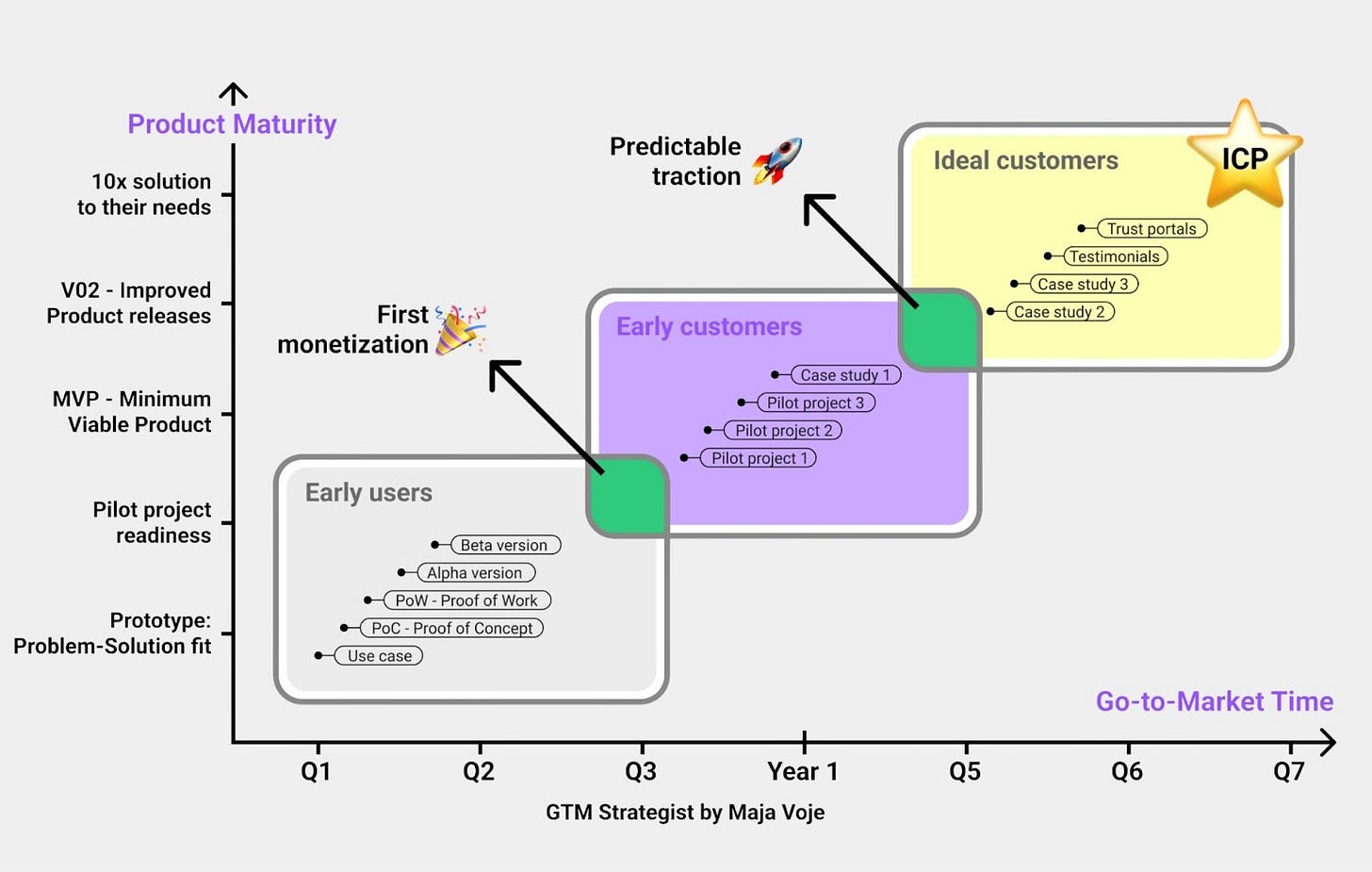
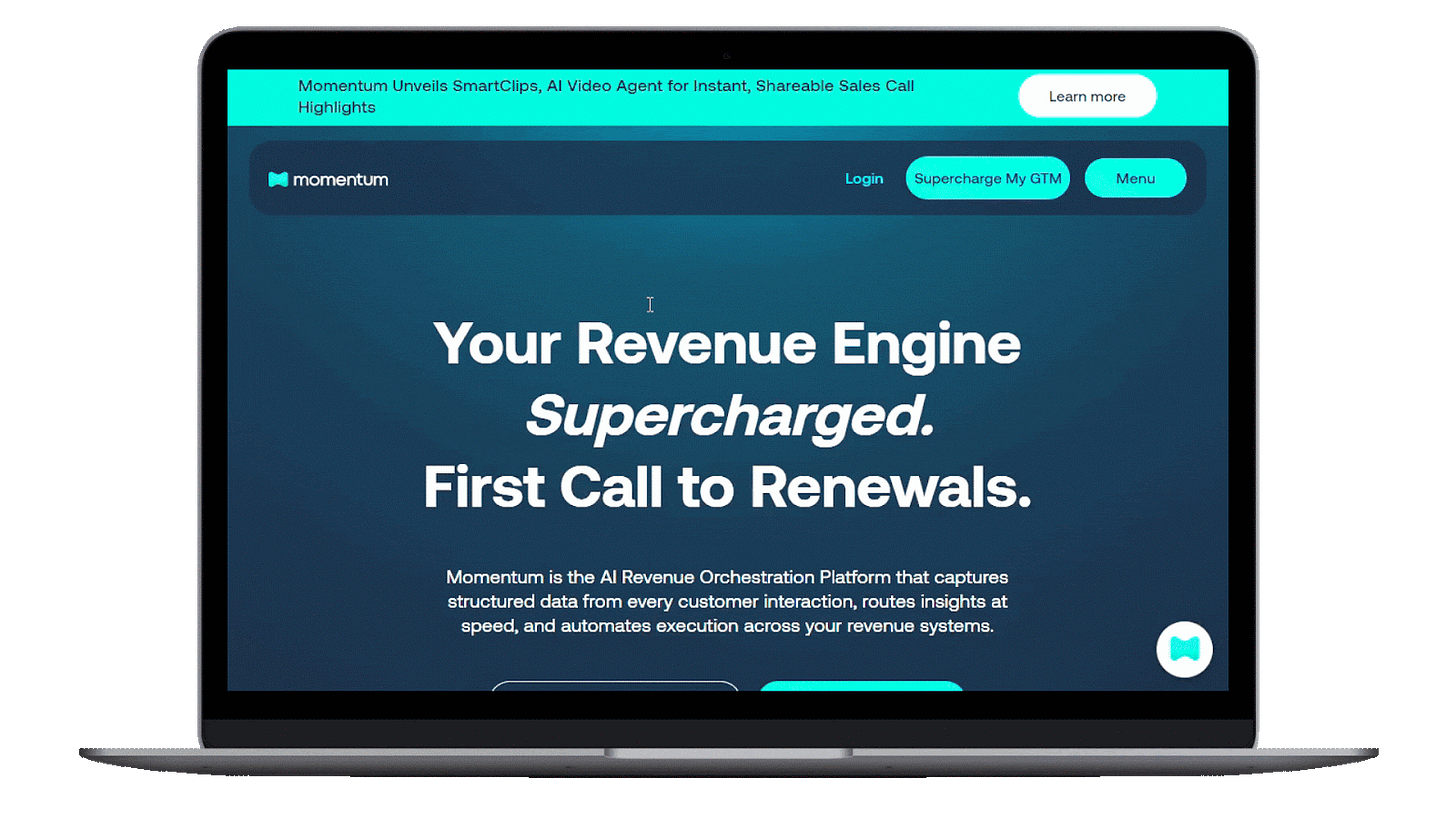

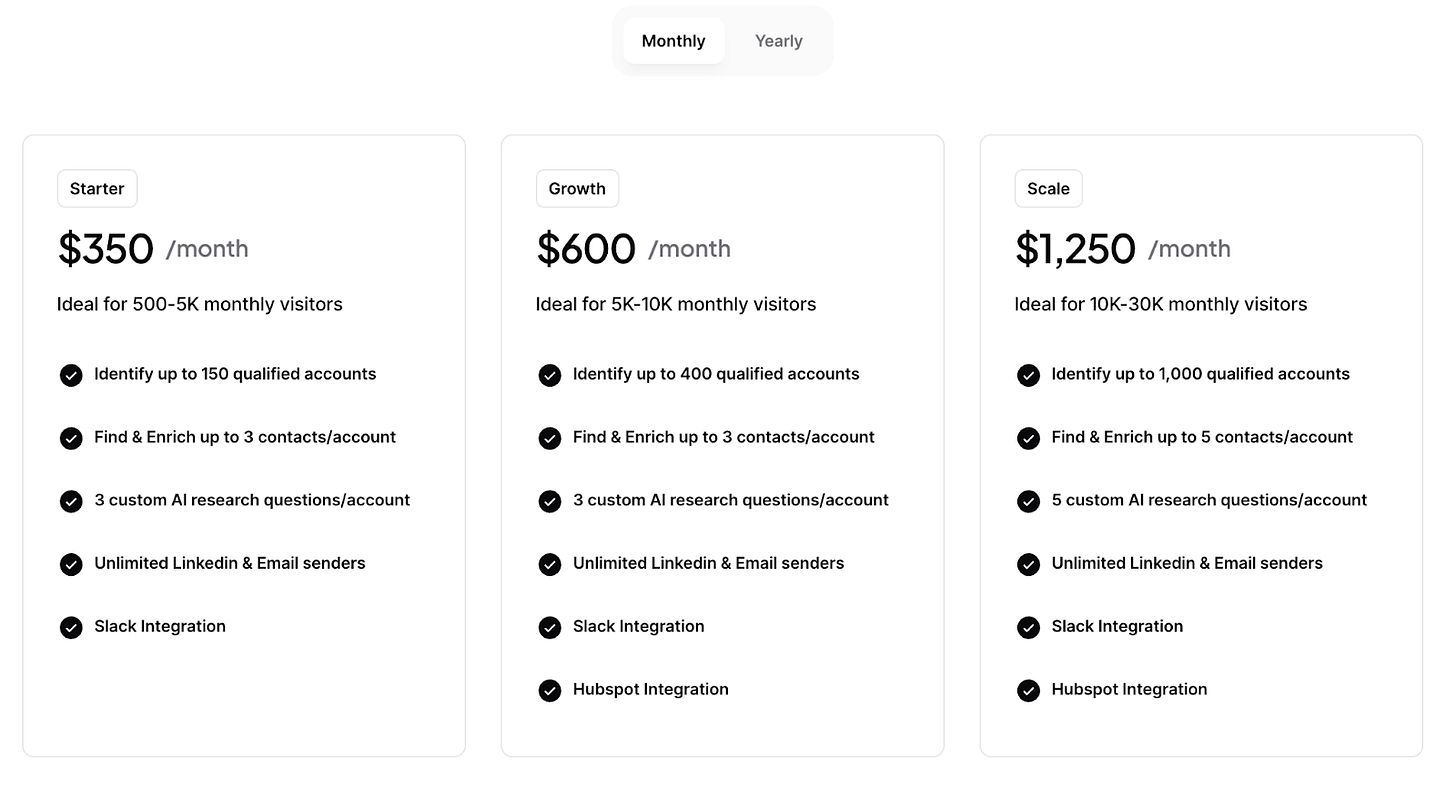
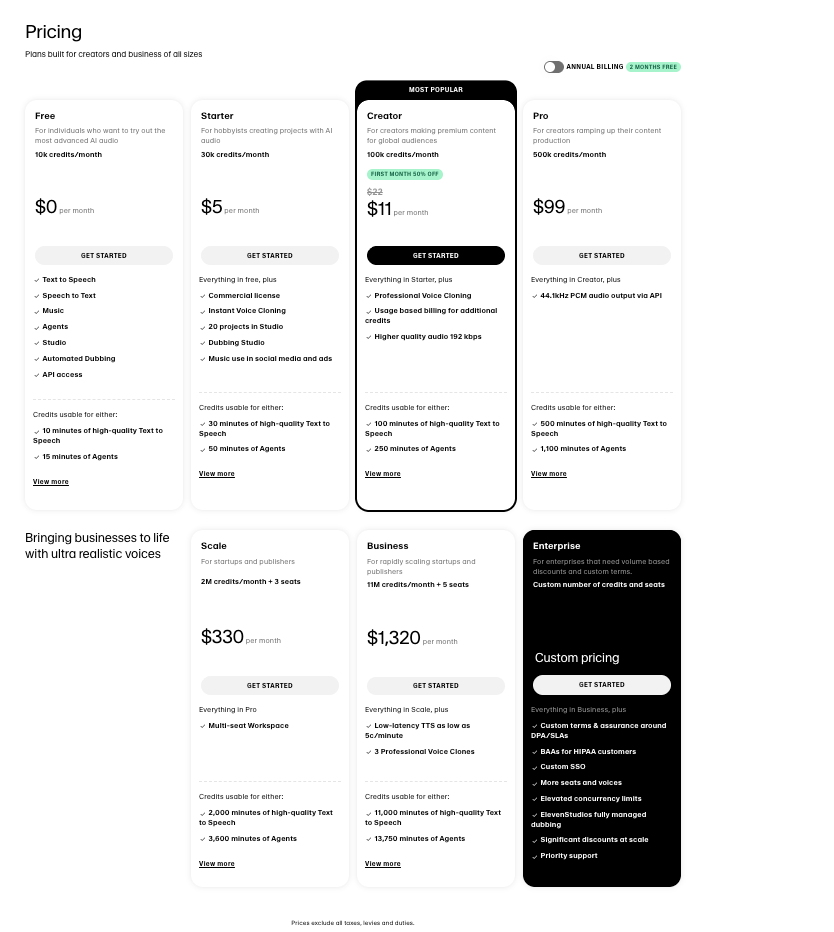
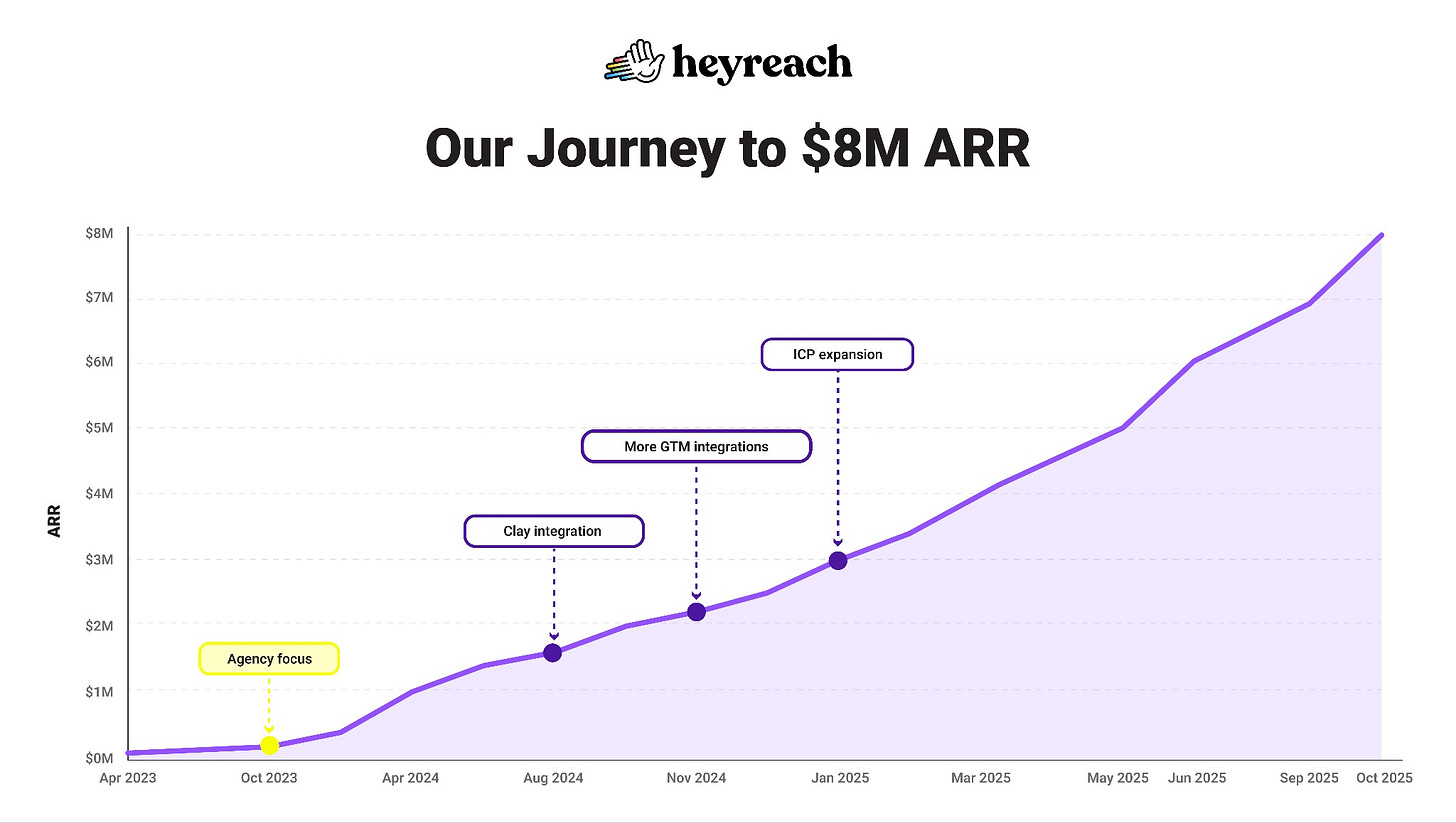
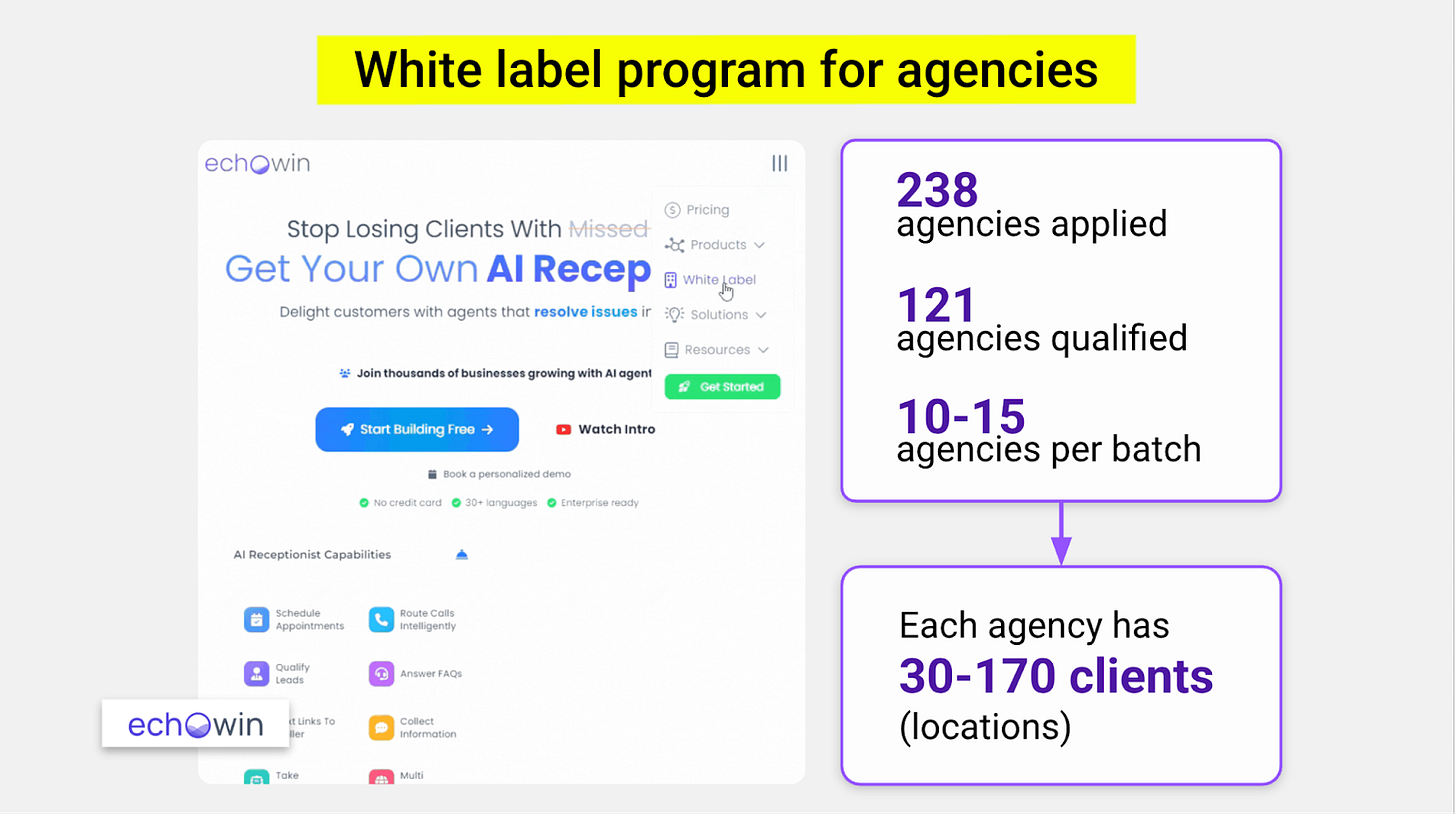

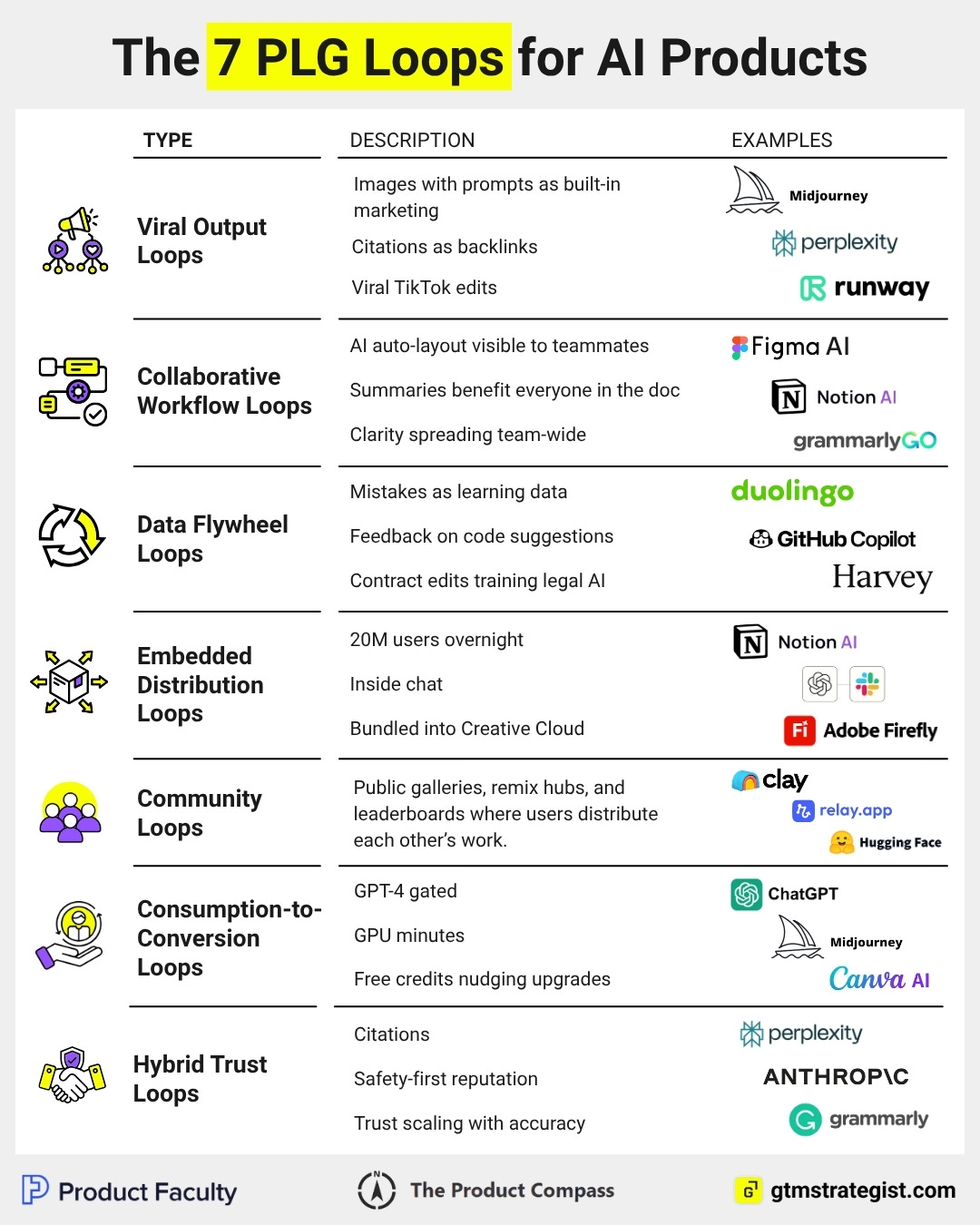
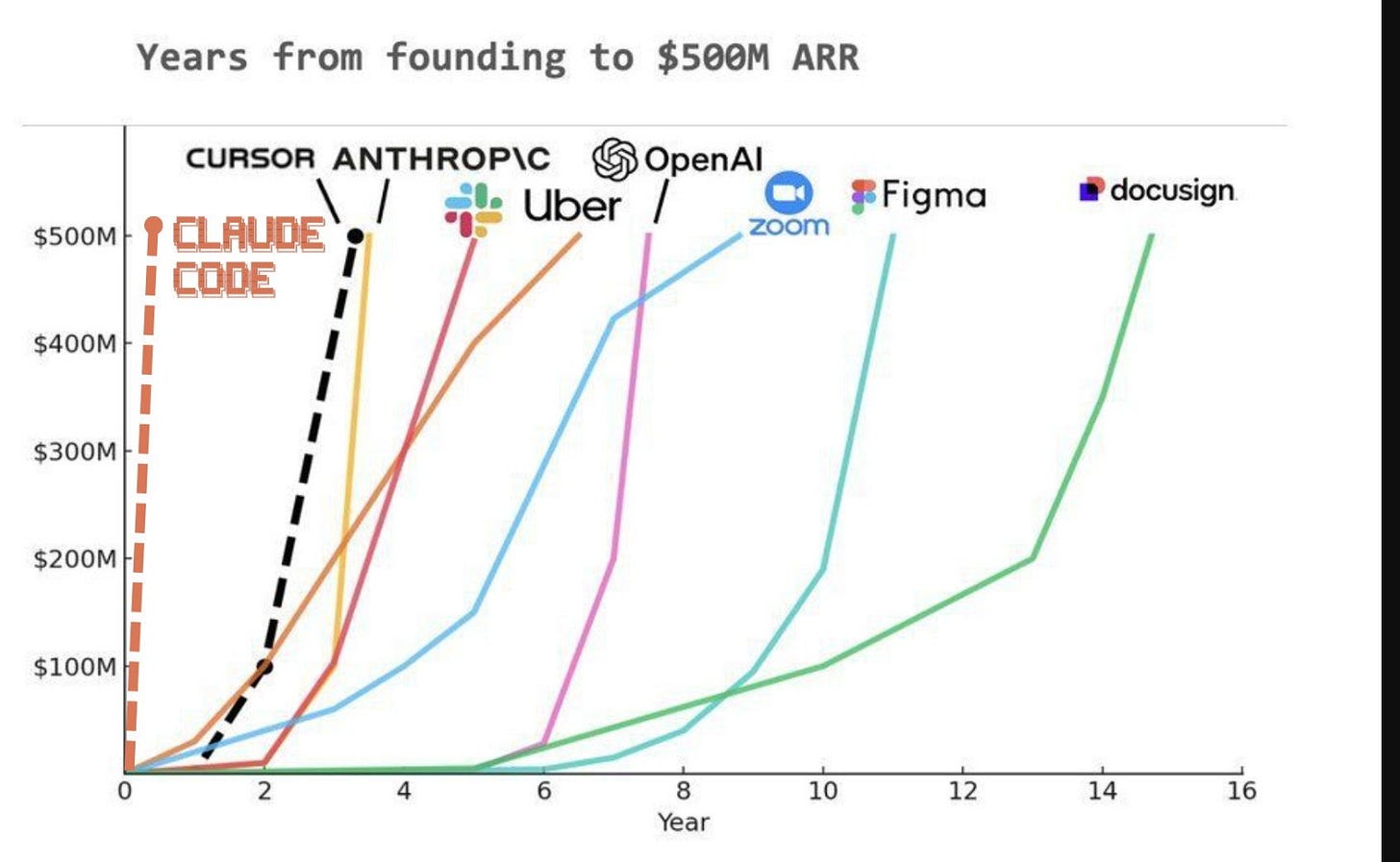
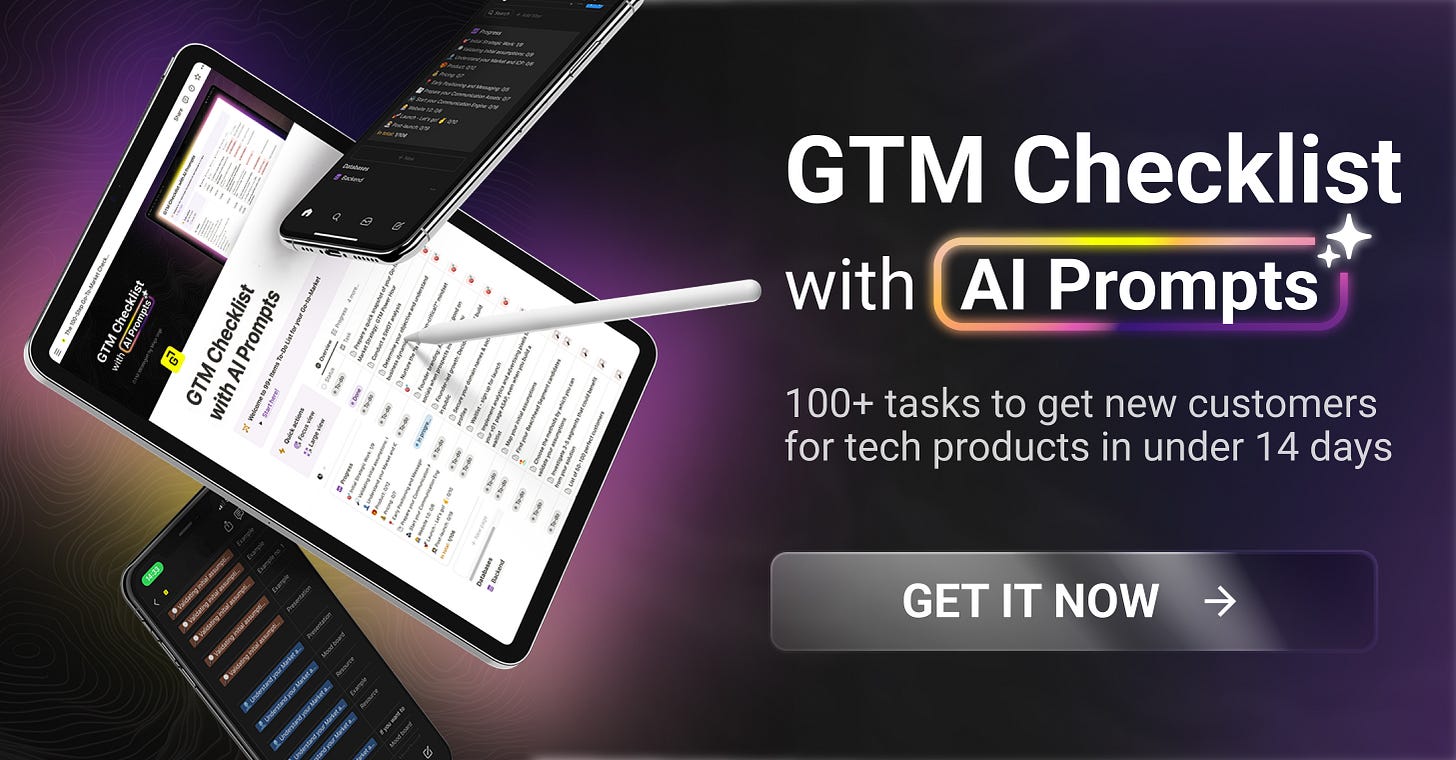
What are your thoughts on AI pricing for the public sector who aren’t going to be able upgrade mid-cycle?